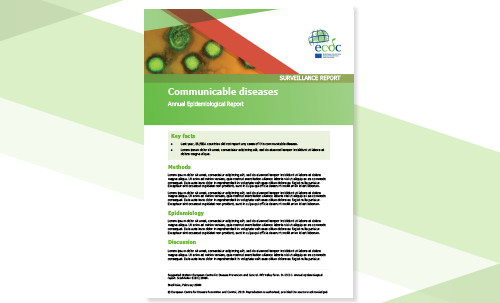The number of Shiga toxin-producing Escherichia coli (STEC) infections in Europe declined slightly in 2019 compared to 2018. However, it was higher than in previous years; according to a new report, the number of Shiga toxin-producing Escherichia coli (STEC) infections in Europe declined in 2019 slightly, compared to 2018, but was higher than previous years, according to a new report. The report finds that for 2019, 29 EU/EEA countries reported 8 313 confirmed cases of Shiga toxin-producing Escherichia coli (STEC) infection. The notification rate increased in 2018−2019. The countries with the most notifications are Denmark, Iceland, Ireland, Malta, and Norway. For 2019, there were 8,313 confirmed cases of STEC infection reported, but no multi-country outbreaks were detected or investigated. In 2018, there were 8,658 similar cases and 6,455 in 2017. A contributing factor may be the shift from the traditional culture to new diagnostic methods such as PCR. The age groups most affected by STEC infection were infants and children up to four years of age. In 2019, Germany had the most confirmed cases with 1,907, and the United Kingdom had 1,587. Undercooked ground beef or other meats were a significant risk factor for acquiring sporadic foodborne STEC infection, most often caused by serogroup O157. @ https://www.ecdc.europa.eu/en/publications-data/shiga-toxin-producing-escherichia-coli-stec-infection-annual-epidemiological
Shiga toxin-producing Escherichia coli (STEC) infection Annual Epidemiological Report for 2019
Shiga toxin-producing Escherichia coli (STEC) infection - Annual Epidemiological Report for 2019
For 2019, 29 EU/EEA countries reported 8 313 confirmed cases of Shiga toxin-producing Escherichia coli (STEC) infection.
No comments

